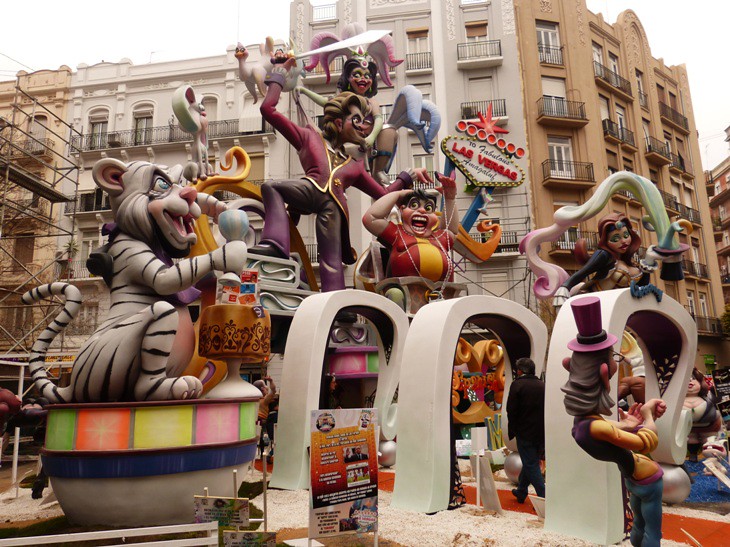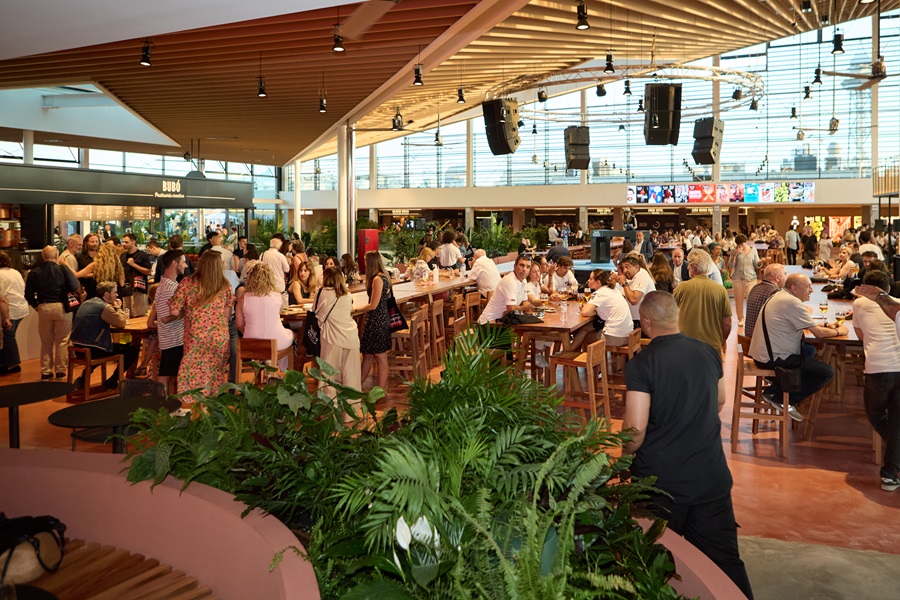What popular festivals teach us for the MICE sector

Share news
Listen
Participation and community: The Tamborrada in San Sebastian. During the early hours of January 20 in San Sebastian, one of the loudest parties in the world begins, with more than 15,000 people playing their drums throughout the city. This festival, which dates back to the time of the Napoleonic invasion, when women played drums in mockery of the French, symbolises the unity of the inhabitants against the enemy and enhances the Basque identity. Unity and identity are two fundamental ingredients that cannot be missing in any convention or team building. And anthropologists know very well that from the caves, percussion and rhythm are great generators of community effect at events.
Innovation and creativity within tradition: Las Fallas de Valencia. Las Fallas combine tradition and innovation by creating huge monuments of papier-mâché that are then burned. Every year, the Fallas artists innovate in the designs and in the technology used to make these figures more impressive. Several lessons here. First, this reminds us of the incredible creative potential of ephemeral architecture, opens us up to light and surprising materials, plays with the competitive spirit of different groups, and finally not only accepts but embraces the ephemeral nature of the event: nothing remains, everything is destroyed, a very different approach to the current sacred concept of legacy, but the ephemeral celebration is beautiful too. And in passing, the Fallas have created a culture of design and creativity that does stay in time and differentiates Valencia.
Importance of good planning and logistics adapted to new times: La Tomatina in Buñol (Valencia). This festival, in which participants throw tomatoes at each other, has grown in popularity since its beginnings as a local event, attracting thousands of people from all over the world. High participation is achieved thanks to the active involvement of the local community in the organization and execution of the event. Village festivals, often organized by small communities, require impeccable logistical planning to manage large crowds. La Tomatina is an example of how an event can adapt to circumstances without losing its essence, while improving its results. The implementation of a ticket sales system to manage the influx and generate more income for the community is an example of this adaptation. La Tomatina also shows how crazy an event can be and how sometimes you have to go beyond the initial “don’t even think about it”. Imagine a creativity session… who would have bet on an event in which people throw tomatoes at each other?
Sustainability: Boloencierro de Mataelpino (Madrid). This festival emerged in 2009, when the inhabitants of this town decided to do without the traditional heifer to celebrate their bull runs, opting instead for a giant ball. This option, cheaper and with low environmental impact, since it does not involve the use of live animals and allows the reuse of the same ball year after year, is an example of how to reinvent traditional events to adapt them to new times. Innovation in organisational models, even if it is to reduce costs, does not necessarily mean a drop in the quality of the event; sometimes, it can become its main attraction.
Immersive experiences: The Premià de Mar Festival (Barcelona). This annual celebration recreates the invasion of Barbary pirates on the coasts of this Catalan town, with a historical and cultural focus that promotes the active participation of residents and visitors. The festival’s highlights, such as the pirates’ landing on the beach and their subsequent expulsion, allow the public to actively participate, becoming part of the narrative. This event is a clear example of an immersive experience, in which attendees not only observe, but are also immersed in the action and the story. Using powerful narratives, designing interactive activities and taking care of the setting can make attendees live a comprehensive experience, better remembering the event and achieving more effective communication.
Adaptation of the event to the historical enclaves of the destination: Medieval Historical Recreation Days at the Almodóvar Castle (Córdoba). This event recreates the customs and daily life of the 14th century, focused on the rebellions between Pedro I “The Cruel” and Enrique II of Castile for the possession of the castle. It brings great value to the Almodóvar Castle by using its historical environment to create an experience that attracts visitors and encourages cultural tourism. In addition, the event benefits from a privileged historical location such as an authentic medieval castle. By taking advantage of the castle’s resources and its history, the events not only educate and entertain, but also reinforce the identity and heritage of the place, revitalizing interest in its conservation and promoting its relevance in the region. Synergies between spaces and events are a very interesting value when it comes to giving visibility to a destination and its historical assets. We already mentioned this in our article on the Paris 2024 Olympic Games, where emblematic venues such as the Champs Elysees or the Eiffel Tower were used for the competitions. However, as we can see, this resource was already used in places such as Almodóvar del Río.







